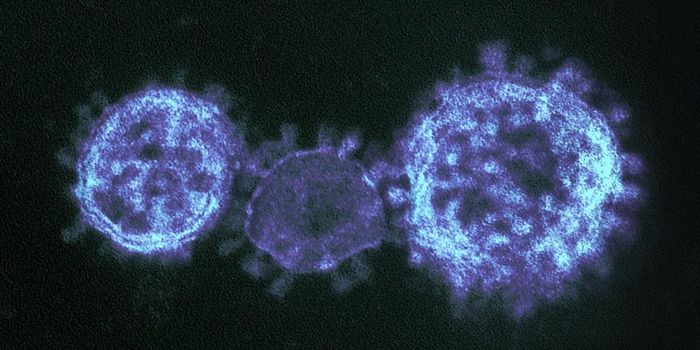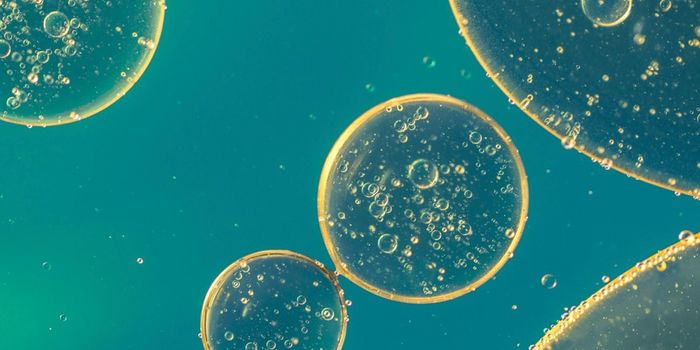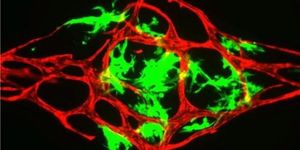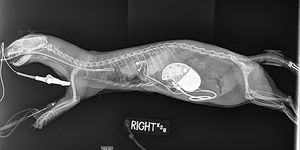Silver-ion Coating Allows Bone Regeneration While Halting MRSA Growth
MRSA, Methicillin-resistant Staphylococcus aureus, is a dangerous type of staph bacteria that can be a serious threat to patients in hospitals, where the pathogen frequently causes infections that cannot be treated with the usual drugs. MRSA is only becoming a bigger problem, leaving researchers searching for ways to combat and eliminate the bug, which can grow on the surfaces of medical devices. A team of researchers has now developed silver ion-coated scaffolds that can support growing stem cells that are forming bone while halting or killing MRSA at the same time. The investigators hope that this is the first step toward stopping the spread of MRSA in patients. Check out a video describing this innovation, which was published in the journal Tissue Engineering, Part A.
"Osteomyelitis is a debilitating bone infection that can result when MRSA invades bone tissue, including bone marrow or surrounding soft tissues," explained research leader Elizabeth Loboa, Dean of the University of Missouri College of Engineering and a Professor of Bioengineering. "Increasingly, those in the healthcare profession are running out of choices when it comes to treating MRSA while regenerating tissue. Using previously reported scaffolds that were created in our lab, we set out to determine the efficacy of coating these structures with silver ions and whether they were useful in treating or preventing osteomyelitis."
To make these scaffolds, the scientists used a polymer already approved by the FDA that will biodegrade inside the body over time. That polymer, polylactic acid or PLA, was then covered with a substance that releases silver ions, and stem cells were applied to that scaffolding. The stem cells were derived from fat cells, and could be stimulated to initiate bone cell growth. To test how this system worked, the researchers also put MRSA onto the scaffolds. In the end, the stem cells were able to start forming bone, and the silver ions emitted from the scaffolding was able to combat the pathogen.
"Silver is well known for its antimicrobial properties and is highly toxic to a wide range of microorganisms such as MRSA," Loboa said. "Silver ions work mechanically--they actually disrupt the cellular machinery of MRSA. Our research now has shown that bone tissues still can be formed even in the presence of MRSA. We've created the materials needed for bone tissue engineering that will allow patients to use their own fat cells to create patient-specific bone and surgically implant those cells and tissues while diminishing, or potentially eliminating, the risk of MRSA infection."
Early testing of this new work has yielded good results, and more are planned for the future. If all proceeds well, then researchers will look to the government for approval so that medical devices for use in humans can then be created.
Sources: AAAS/Eurekalert! via MU News, Tissue Engineering, Part A









